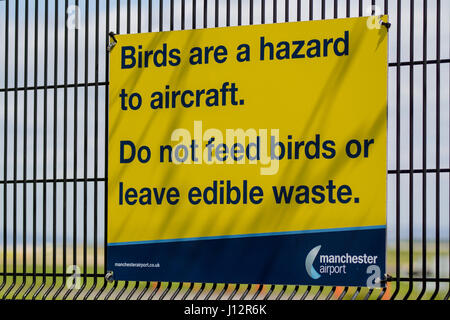

My mind wandered to less immediate dangers: Would I be able to pass the ridge? An enormous amount of intellectual energy went into guessing, and second-guessing, the meaning of those contour lines on the map. Absurdly, my fear of climbing down fueled my climb upwards. One was always on the verge of sliding down. Unlike rocky terrain, the kicked-in steps never felt like solid footing. The snow itself, descending into the distance, was punctuated by sharp rocks and occasional trees as well as my many winding footsteps. Beneath the snow-line were several lakes they seemed to be directly below me. Looking below, I was half in awe, half-terrified. Thankfully, the ice axe held my 200 pounds (and 40-pound backpack). Several minutes later I tried to step up into a freshly kicked step, but it didn’t hold my weight. The added weight of my backpack, which held a tent and sleeping bag, made balancing all the more difficult. The “steps” I had kicked were only large enough for a toe-hold, so pivoting and climbing back down them was out of the question. The first problem would be turning around.

I looked over my shoulder at a newly perilous view, concerned about the prospect of descending in the snow. Ten minutes later, the angle of the slope got steeper. I was happy to explore further if nothing else. The slope was easy to begin with, and though I harbored doubts both of my ability to climb the snow and of the nature of the ridge above, I pressed on. Imagine climbing up a very steep set of stairs made of slippery snow. The technique is as follows: 1) Using your ice axe as an anchor, plunge it into the snow several feet upwards, 2) Kick a step into the snow above your higher foot, and 3) Place your foot into the kicked step. Was the ridge a cliff or just another steep hill, like the one I was on? They were kind of close together - but not that close together. The contour lines, each showing an increase in altitude of 80 feet, looked. In retrospect, this would seem rather absurd. But now it occurred to me that instead of climbing all the way back down, I could just climb up the snow, over a ridge (part of the peak), and down into the canyon. My original plan had been to hike back down to the valley, around Rockchuck Peak, and into Paintbrush Canyon. It was later in the day than I would have wished and the climb up more strenuous. My exploration brought me to the edge of the snow. Mountaineering: The Freedom of the Hills, a bible of the sport, sternly warns would-be climbers not to rely on mere book knowledge, but instead on practice and experience. I hadn’t intended to climb past the snowline when I left the valley because I had never trained or practiced using an ice axe, the tool used to stop a fall on snow. But now that I was there, I wanted nothing more than to roam to my heart’s content. I had trained vigorously for several weeks prior to leaving. During my senior year of college, I spent many nights reading route descriptions in A Climber’s Guide to the Teton Range, poring over maps, examining the mountains via Google Earth, and generally just daydreaming. Since I had seen a picture of the Grand Teton in middle school, I’d wanted to climb it, and a trip had been in the works for years. I’d hiked up into this canyon purely to explore. I had come to the Tetons by myself there was no one in the valley I knew.
On that June Day, the snow began at around 8,000 feet, or about a three-hour hike up an infrequently used trail starting from Jackson Hole. Armed with an array of complicated climbing gear, scattershot book knowledge, several weeks of training, and more guts than experience, I aimed to scale the mountains - and I wasn’t going to let anyone’s cautions get in my way. That’s what was on my mind the day I started climbing in the Grand National Teton Park last year. Touch football banned from recess rope swings cut down I was given detention once for holding a hallway dance party in high school! At some point, I stopped listening. It was a personal mantra shaped by a lifetime of ridiculous safety rules and regular run-ins with busybody authorities “looking out” for my well-being. “Everything is half as dangerous as it’s supposed to be.”Īfter 22 years of countless “Safety First” signs, permission slips, waivers, orange cones, speed limits, Nerf footballs, national “Click it or Ticket” campaigns, liability lawsuits, plastic-tipped darts, bicycle helmet laws, toy guns with orange caps, scare-mongering local news segments, drive-through-window warning stickers, and trips to the principal’s office, that’s what I had decided.


 0 kommentar(er)
0 kommentar(er)
